The Deeper Meaning of Yoga
In the past two decades, yoga has moved from relative anonymity in the West to a well-recognized practice offered in thousands of studios, community centers, hospitals, gyms, and health clubs. Although yoga is commonly portrayed as a popular fitness trend, it’s actually the core of the Vedic science that developed in the Indus Valley more than five thousand years ago.
The word yoga derives from the Sanskrit root yuj, which means union with the source of existence. Unity consciousness is also referred to as the state of enlightenment in which there is complete freedom from all conditioning and one is no longer constrained by habit, past experiences or “karma,” and any forms of dogma or ideology. It is a state of spontaneous creativity, love, compassion, joy, and equanimity. These are also known as divine qualities.
As yoga has evolved and blossomed over thousands of years, numerous forms and schools of yoga have developed. Traditionally there are four types of yoga:
Jnana Yoga - The yoga of the intellect, science, and knowledge
Bhakti Yoga - The yoga of love and devotion
Karma Yoga - The yoga of service and action
Raja Yoga - The yoga of meditation, physical poses, and breathing practices.
Raja yoga is frequently referred to as the “royal path to yoga” because it focuses on practices that take our awareness inward and promote the integration of the mind, body, and spirit. The classic text on raja yoga is the Yoga Sutras, attributed to the legendary sage Patanjali. While the precise dates of Patanjali’s life and writings remain fuzzy, scholars estimate that the Yoga Sutras was written at least 1,700 years ago.
According to The Yoga Sutras, “Yoga is the settling of the mind into silence. When the mind has settled, we are established in our essential nature, which is unbounded consciousness.” The essence of yoga is the union or integration of all the layers of life – physical, emotional, and spiritual. It is a practice for going beyond the ego’s habitual identification with the mind and body and directly experiencing our true spiritual self. Rooted in this connection to spirit, we are able to solve the challenges that arise in life with greater ease and grace.
The Yoga Sutras, which consists of 195 aphorisms (sutras), describes the eight branches or “limbs” of yoga, providing a clear roadmap for the evolution of consciousness from ordinary states of awareness such as waking, dreaming, and sleeping – to higher states of consciousness, including the nonlocal consciousness known as Atma Darshan, cosmic consciousness, divine consciousness, and unity consciousness.
Like anything else, knowledge must evolve and although there are standard interpretations of the eight limbs of yoga, at the Chopra Center for Wellbeing, we have developed more contemporary perspectives that are in alignment with our philosophy of spiritual evolution. Here is a distillation of the standard interpretations of the eight limbs and our contemporary interpretations:
The Eight Limbs of Raja Yoga
Yamas (Rules of conduct) - Spontaneous evolutionary behavior of conscious beings
Niyama (Rules of personal behavior) - The internal dialogue of conscious beings
Asana (Physical postures) - Mind-body integration
Pranayama (Breath control) - Neurorespiratory integration; awareness and integration of the rhythms, seasons, and cycles of our life
Pratyahara (Control of the senses) - Tuning into our subtle sensory experiences
Dharana (Mind control) - Evolutionary mastery and expression of attention and intention
Dhyana (Meditation) - Resonating at the junction point between the personal and the universal
Samadhi (Absorption) - Settled in pure awareness; the progressive expansion of the self
The Seven Spiritual Laws of Success by Deepak Chopra, M.D.
The seven Spiritual Laws of Yoga as a practice for integrating and balancing all the layers of our life so that our body, mind, heart, intellect and spirit flow in harmony.
1 Law of Pure Potentiality
Our essential nature is pure consciousness, the infinite source of everything that exists in the physical world. Since we are an inextricable part of the field of consciousness, we are also infinitely creative, unbounded and eternal.
2 Law of Giving and Receiving
Giving and receiving are different expressions of the same flow of energy in the universe. Since the universe is in constant and dynamic exchange, we need to both give and receive to keep abundance, love and anything else we want circulating in our lives.
3 Law of Karma (Cause and Effect)
Every action generates a force of energy that returns to us in kind. When we choose actions that bring happiness and success to others, the fruit of our karma is happiness and success.
4 Law of Least Effort
We can most easily fulfill our desires when our actions are motivated by love, we expend the least effort and we offer no resistance. We tap into the infinite organizing power of the universe to do less and accomplish everything.
5 Law of Intention and Desire
Inherent in every intention and desire are the mechanics for its fulfilment. When we become quiet and introduce our intentions into the field of pure potentiality, we harness the universe’s infinite organizing power, which can manifest our desires with effortless ease.
6 Law of Detachment
At the level of spirit, everything is always unfolding perfectly. We don’t have to struggle or force situations to go our way. Instead, we can intend for everything to work out as it should, take action, and then allow opportunities to spontaneously emerge.
7 Law of Dharma
Everyone has a dharma or purpose in life. By expressing our unique talents and using them to serve others, we will experience unlimited love, abundance, and true fulfilment in our lives.
Article written by Deepak Chopra, M.D. Source: Chopra.com

